The Huawei P20 Pro is officially available, it is the representative of the new top of the range of the company as well as the most anticipated new phone of the year. Unlike Samsung's new generation Galaxy S9 which is very similar to the last one, Huawei's P20 line of devices - which includes the regular P20 and P20 Lite - brings a lot of new design and photo sensor additions, which sets it apart and differentiates it from the rest of the market. Of course, newer phones have notches too, but these can be hidden if you can't stand their sight..
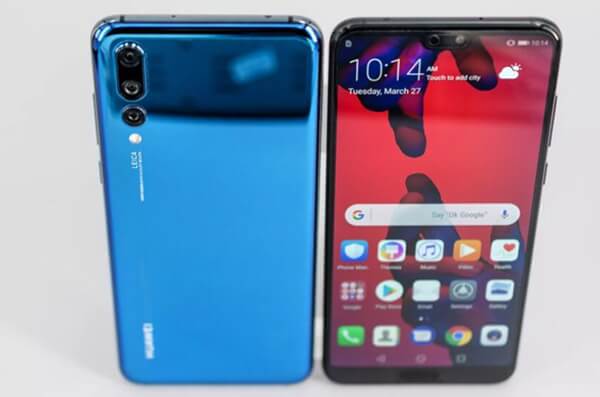
The flagship of the latest range of devices is the P20 Pro. It brings two things that have never been seen on a phone before: a triple camera system and a two-tone finish that changes color depending on the angle at which it refracts light. The iridescent finish of last year's HTC U11 has some similarities to that of the P20 pro, but Huawei has stepped up the coloring sophistication by using non-conductive vacuum metallization to bring a unique gradient finish to the P20 Pro. The only downside is that the glass back leaves traces of fingerprints, which spoils the glamorous and premium appearance of the phone. I spent a lot of my time with this phone wiping off fingerprint stains,which remind me a little of the patterns on Van Gogh's Starry Night painting.
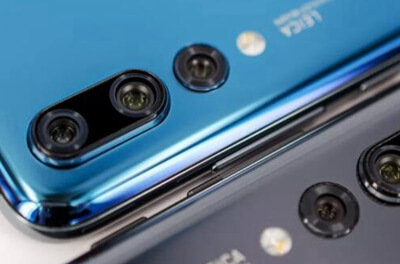
But let's also talk about the awesome new camera system. First, Huawei added a third lens on the back of the P20 Pro, which provides an 8-megapixel, optically stabilized telephoto camera. This enables 3x optical zoom or 5x hybrid zoom. Huawei's traditional setup of combining data from a monochrome sensor and a color sensor is still in place, but this time the color sensor weighs in at 40 million pixels, which is mind-boggling. You'll be able to take photos at this resolution, but the phone's default setting will combine data from four adjacent pixels into one to produce clearer, brighter 10-megapixel photos.This technology that Huawei calls Light Fusion has already been seen in the past like the Nokia Lumia 1020 for example with its “super pixels”. One of those pixels made of four pixels inside the P20 Pro measures 2μm, which is huge for a smartphone sensor. For comparison, the Google Pixel 2 has 1.4 μm pixels, while the regular P20, which has a 12-megapixel main sensor, has 1.55 μm pixels..
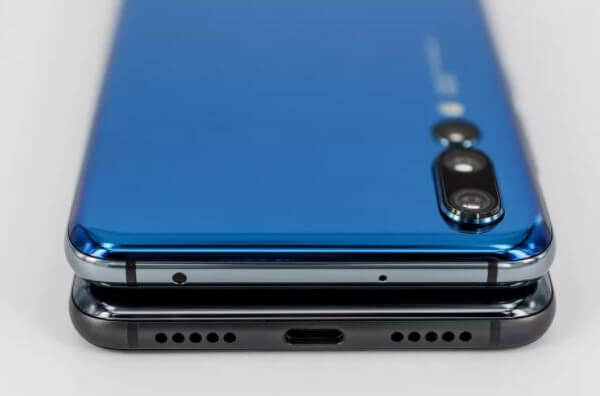
Huawei's decision not to integrate the P20 Pro's third camera into the same pill-shaped module that has the other two cameras makes the design a bit inconsistent. The reason for this is surely to limit the manufacturing complexity, since the regular P20 only has the dual camera module. Plus, the third lens on the Pro doesn't protrude as much from the phone's body compared to other lenses that protrude by 7.8. Another distinction between the different lenses of the Huawei P20 pro is that the two main cameras do not have optical image stabilization unlike the telephoto camera: Huawei believes that its stabilization by artificial intelligence (AIS, as it is called Huawei) is all you need.AIS is based on object recognition, allows the contours and shapes of objects to be followed to ensure that they remain consistent from image to image. It can be used in video mode and even up to the maximum 5x zoom.
The P20 pro's camera has a long list of options and assistive features that have been designed to bridge the gap between photography enthusiasts and professional photographers. Thanks to stabilization by artificial intelligence or AIS, the Huawei P20 offers us a 5-second exposure mode that can be used without a tripod. While done manually, exposures of this length usually produce a blurry result, so what Huawei promises us with the P20 is very daring. The autofocus system is a combination of a laser, facial detection, depth information and contrast. And there's what Huawei calls 4D predictive focus to make sure moving objects stay in focus (like a windblown flower, for example)..
Huawei's artificial intelligence specializing in object recognition has become more sophisticated and can not only recognize food, but also know what kind of food you are trying to photograph. The company has worked with food photographers all over the world, and now, when it detects a particular style of cuisine, it will apply whatever image treatments it thinks best suits it.
Up front, Huawei has a 24-megapixel front camera that also uses Light Fusion technology. The front camera is housed in the notch at the top of the phone screen with a small circular speaker. Huawei chose a 6.1-inch Full HD + resolution OLED panel for the P20 Pro and a smaller 5.8-inch LCD screen for the P20 Lite. Unlike Apple's iPhone X, Huawei's notch doesn't contain a complex facial recognition system, but the P20 is the first P-series phone that lets you unlock the phone with Face Unlock and the front camera. .
If you have a deep dislike of notches, Huawei has created a software option to hide the notch with a black stripe so that the top of the phone's screen looks like a straight line. I like to use this option with the OLED panel of the P20 Pro: the screen is perfectly black and indistinct from the notch, we only see the notification and status icons that seem to float above the rest of the screen. the screen. The notch is hidden by default when viewing photos and videos anyway. Keep in mind that the option to hide the notch probably won't work as well on the LCD screen of the P20 Lite, whose backlighting cannot be selectively turned off like with an OLED panel, but in any case , use the telephone while keeping thevisible notch should not be very annoying.
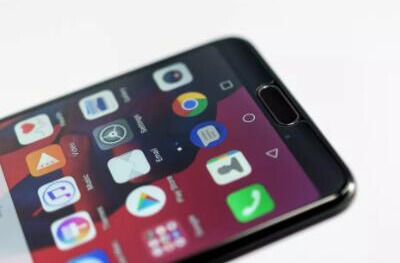
At the bottom of the phone, Huawei has kept its usual home button which also acts as fingerprint sensors. The company claims that its users really like it, and that the capacitive button - which honestly comes more like a touchpad - incorporates gestures that can make the usual Android navigation bar useless (and thus free up more space on screen).
As with the Mate 10 Pro, Huawei has eliminated the headphone jack on the P20 and P20 Pro, however the company supports LDAC for high-speed Bluetooth audio streaming. As for the technical specifications, the new devices incorporate a Kirin 970 processor, which Huawei manufactures itself, a 4000mAh battery and 6GB of RAM on the P20 Pro and a 3.400mAh battery and 4GB of RAM on the P20, plus 128GB of storage on both. Both models will have dual-SIM variants and integrate an infrared emitter. Unfortunately the devices do not incorporate wireless charging technology. The latest version of Huawei's EMUI, based on Android 8.1 Oreo, is pre-installed on the company's new phones.
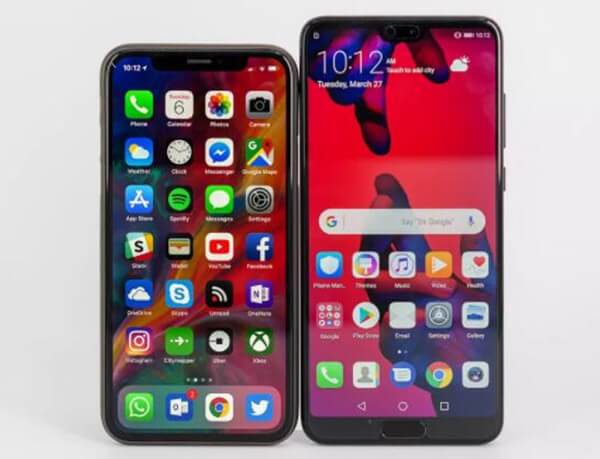
Huawei is also launching a Huawei Mate RS Porsche Design to accompany the new range. The Porsche Design variant is a more luxurious P20 Pro. It has a 6-inch high-resolution 2880 x 1440 display, 256 GB or 512 GB of storage and also an in-display fingerprint sensor (plus a second fingerprint sensor in the back). Apart from these features, the Porsche Design has the same functionality as the P20 Pro.
The P20 with 4 GB of RAM and 128 GB of storage is already on sale today for 649 €. The P20 Pro with 6 GB of RAM and 128 GB of storage will be available on April 6 for 899 €. Finally, the Porsche Design with 512 GB of storage will cost € 2,095 and will be available on April 12.